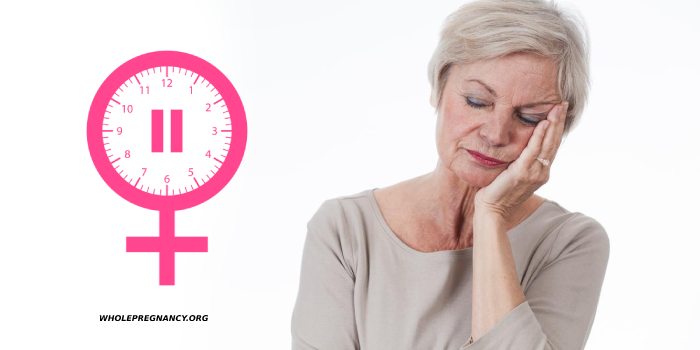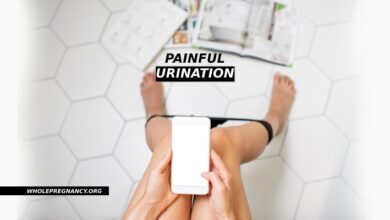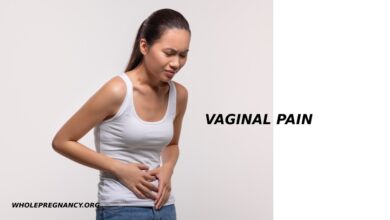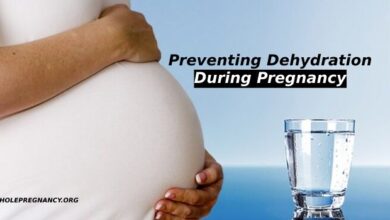Menopause

What is Menopause?
Menopause is when a woman has stopped having periods, and is unable to get pregnant naturally. Periods will usually become less frequent over the course of a few months, or even years before stopping altogether. Sometimes they can end abruptly.
Menopause occurs naturally as a part of aging. It typically happens between 45-55 years old, when a woman’s levels of oestrogen decline. The UK average age of a woman reaching the menopause stage is 51.
Only 1 in 100 women experience menopause within the first 40 years of their lives. This is also known as premenopause and premature ovarian failure.
Menopause symptoms
Menopausal symptoms are common for women. These symptoms can be severe and have an impact on your daily activities.
These are some of the most common symptoms:
- Hot Flushes
- Nightwear
- Vaginal Dryness and Incontinence during Sex
- Trouble sleeping
- Low mood or Anxiety
- Low sex drive (libido)
- Memory and concentration problems
Some women may experience menopause symptoms for up to four years, while others can feel them for longer periods.
When should you see a General practitioner
Talking to a GP is a good idea if you are experiencing menopausal symptoms or symptoms before age 45. If you are under 45, they can confirm if you are menopausal by looking at your symptoms. However, a blood test may be performed to determine your hormone levels.
Menopausal symptoms can be treated
If you are experiencing severe symptoms, your doctor can recommend lifestyle changes and treatments. This includes:
- Hormone replacement therapy (HRT) – Tablets, skin patches, gels, and implants that replace oestrogen to relieve menopausal symptoms
- Vaginal oestrogen creams and lubricants for dryness, vaginal moisturisers
- Cognitive behavioural therapy (CBT ) is a type of talk therapy that can be used to reduce low moods and anxiety.
- A balanced, healthy diet and regular exercise can help improve certain menopausal symptoms.
If your symptoms don’t improve or you are unable to use HRT, your doctor may refer you to a specialist in menopause.
What Causes Menopause?
Menopause occurs when the body’s balance of sex hormones changes. This happens as we age and your ovaries stop making the hormone oestrogen, and don’t release eggs each month.
Any age can experience premature or early menopause, although there isn’t always a clear cause. Sometimes, it is caused by treatment like oophorectomy, breast cancer treatments, chemotherapy, radiotherapy or other radiation therapy. Other times, it may be due to an underlying condition such as Down syndrome or Addison’s disease.
Most women will experience some symptoms during the menopause. These symptoms vary from woman to woman in terms of their severity and duration. Symptoms can occur a few months to years before your periods cease, which is known as the perimenopause. They may also persist for some time afterward.
The average duration of most symptoms is around four years after the last period. However, approximately one in 10 women will experience symptoms for as long as 12 years. You may experience more symptoms if the menopause occurs suddenly, rather than gradually.
Modifications To Your Periods
A change in your normal period pattern is often the first sign that you are experiencing menopause. You might notice unusually light or heavy periods. In addition you may notice a change in the frequency of your periods. These periods may be every 2 to 3 weeks, or they may last for months. One day, you will stop having periods.
Common menopausal symptoms
88% of women will experience additional symptoms before or after their periods end. These can have a significant effect on women’s lives. Common symptoms are:
- Hot flushes- Short, sudden sensations of heat, often in the neck or chest. This can make your skin redden and become sweaty.
- Night sweats- Hot flushes at night
- Trouble sleeping – This could make you tired and irritable throughout your day
- A reduced sexdrive (libido)
- Problems with concentration and memory
- Vaginal dryness, and discomfort during sex
- headaches
- Low mood or Anxiety are two examples of mood changes.
- palpitations are sudden increases in heartbeats
- Aches and pains in the joints, stiffness, and aching muscles
- Muscle mass reduced
- Recurrent UTIs (Urinary Tract Infections)
- Late Period
Your risk of developing other issues such as osteoporosis (osteoporosis), can also be increased by the menopause. Consult your doctor if your symptoms are particularly troubling. Treatments are available.




